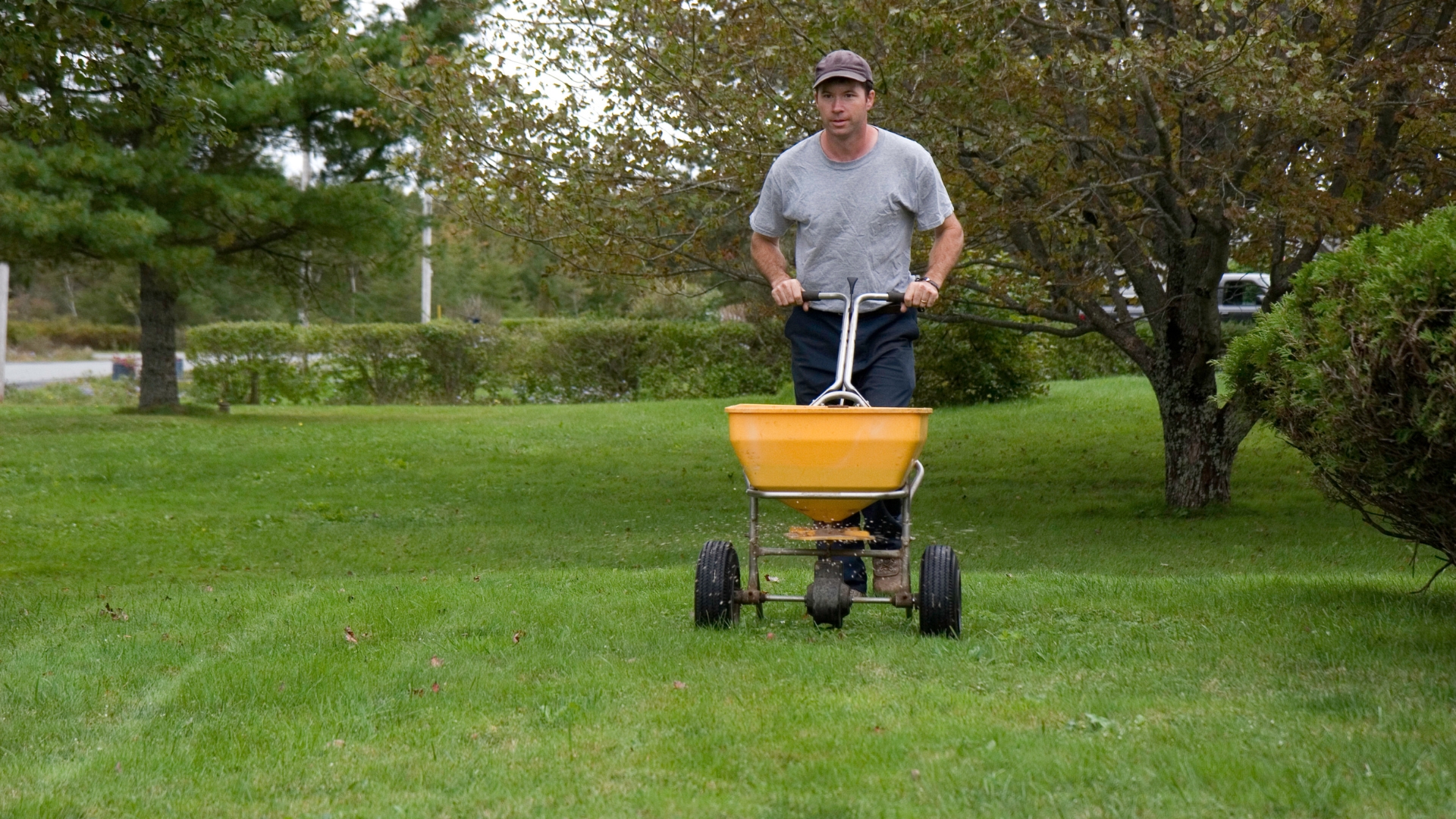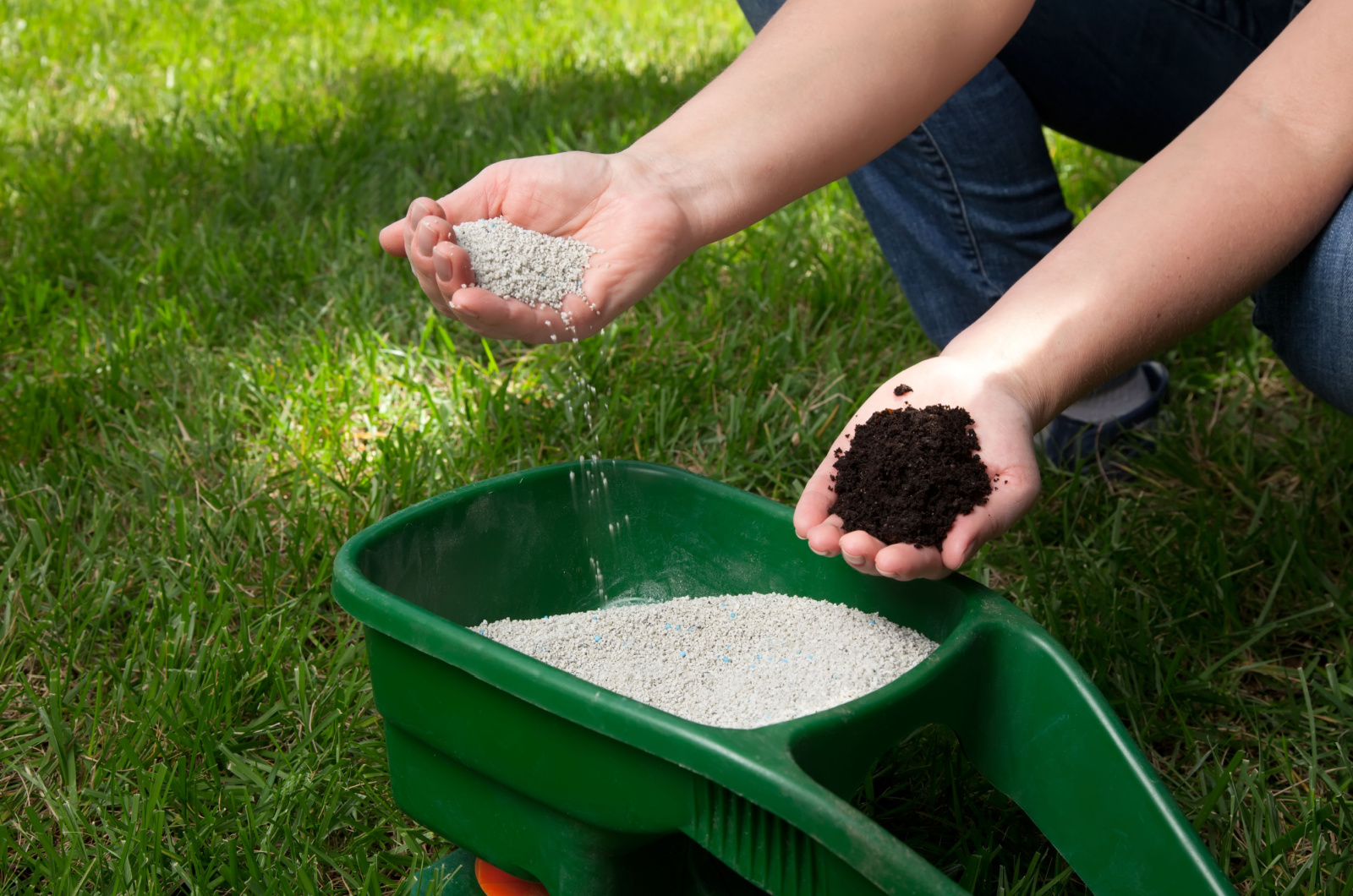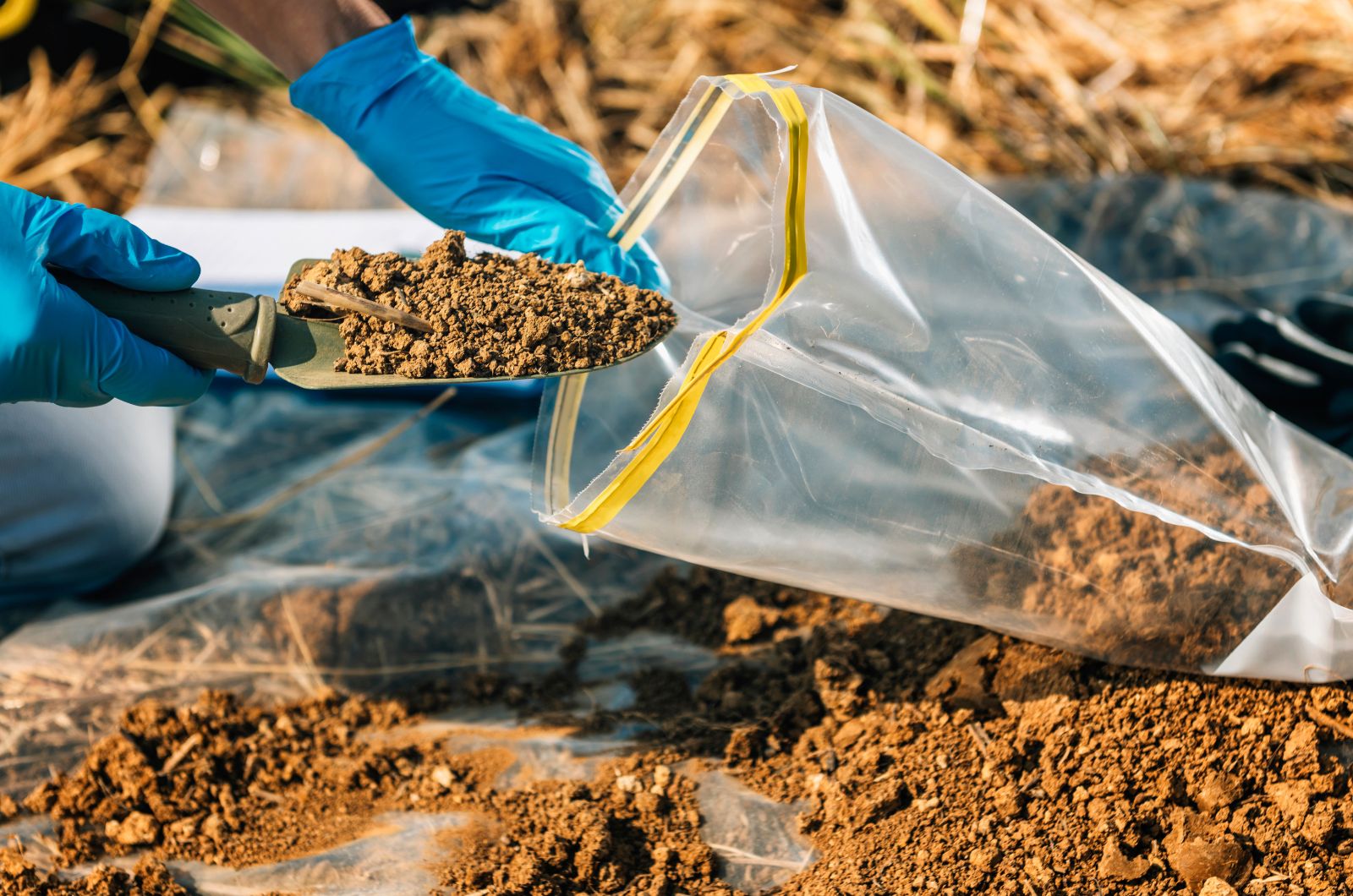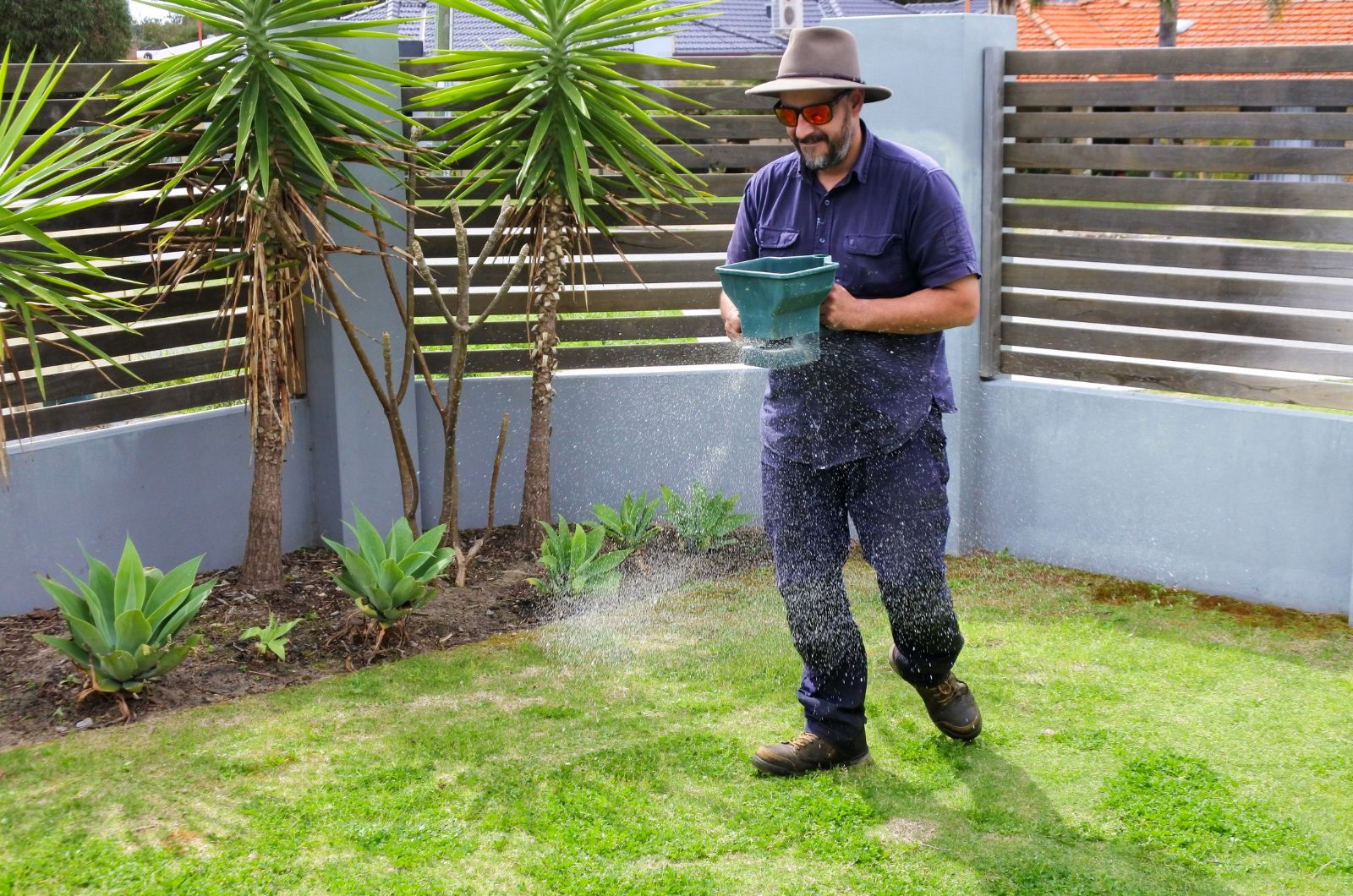Behind every lush lawn stands a lot of effort and many chores. Fertilization is one of the key factors in lawn care, and the best proof is that this task is actually legally required in some states.
Selecting the right time to fertilize a lawn after winter is crucial because doing it too early or too late can have an adverse effect.
Of course, feeding lawns with chemical fertilizers depends on your own choice, but if you decide to do it, you also need to know the local limitations.
Here are some tips that will help you decide on the perfect timing for feeding your lawn!
Check Local Limitations
Well, the area you live in is one of the factors to consider before feeding your lawn. For instance, if you live in New York, you shouldn’t feed your lawn between 1 December and 1 March.
On the other hand, if you live in New Jersey, you should avoid this task between 1 November and 1 March.
So make sure you consult with local authorities before feeding your lawn. Additionally, check the regulations regarding phosphorus levels because excess use can lead to the pollution of lakes and affect wildlife.
Knowing Grass Type Is Crucial
There are various grass types, and we often choose the variety based on its appearance. But knowing the type you grow is crucial for determining the timing of feeding after winter.
If you live in New York or New Jersey, you may already know that the most common types in these regions are cool-weather grasses. This includes Kentucky blue grass, ryegrass, and fescue.
These grasses retain their green color from when the snow melts until the first snows of the following winter.
You should lightly feed your lawn in late March or early April if you live in these areas. Make sure to reapply the fertilizer once September arrives.
If your lawn is still soggy in March and your grass is still brown, delay feeding until April.
When it comes to warm-season grass varieties, you can feed them in early spring and then reapply fertilizer in the summer.
Perform A Soil Test
The next thing you need to do before feeding your lawn is perform a soil test. If we don’t know the nutrient levels of the soil and overfeed our lawns, we make it more sensitive to pests and diseases.
When choosing the fertilizer for your lawn, you should pay attention to the three numbers that are placed on the front of the package. This refers to the NPK ratio, and these numbers stand for nutrients, i.e., nitrogen, phosphorus, and potassium.
These nutrients are crucial for the healthy development of your grass.
If you don’t want to perform this test, a good rule of thumb is to add 1 pound of nitrogen fertilizer per 1,000 square feet.
Skip Fertilizing Until Your Grass Starts Growing
The last factor to consider is the weather conditions found in your region. If your lawn needs feeding after winter, you should wait until the temperatures rise above 55 degrees Fahrenheit.
Your grass should start displaying new growth at this point, which means it will take up nutrients more easily.
If you live in any state in New England, fertilizing in early spring may not be a good idea. It’s best to wait until May in this case or even postpone fertilization until September.
Some gardeners opt for annual lawn fertilizing, and if you’re one of them, it’s better to leave this task for the fall. When applied in spring, fertilizer enhances the growth of new shoots on your grass.
On the other hand, the purpose of fall fertilization is to improve root growth for a thick and green lawn the next season.
Lawn fertilization isn’t rocket science but there are things to be careful about. If you decide on feeding your lawn after winter, make sure to follow our tips for determining the exact time!





